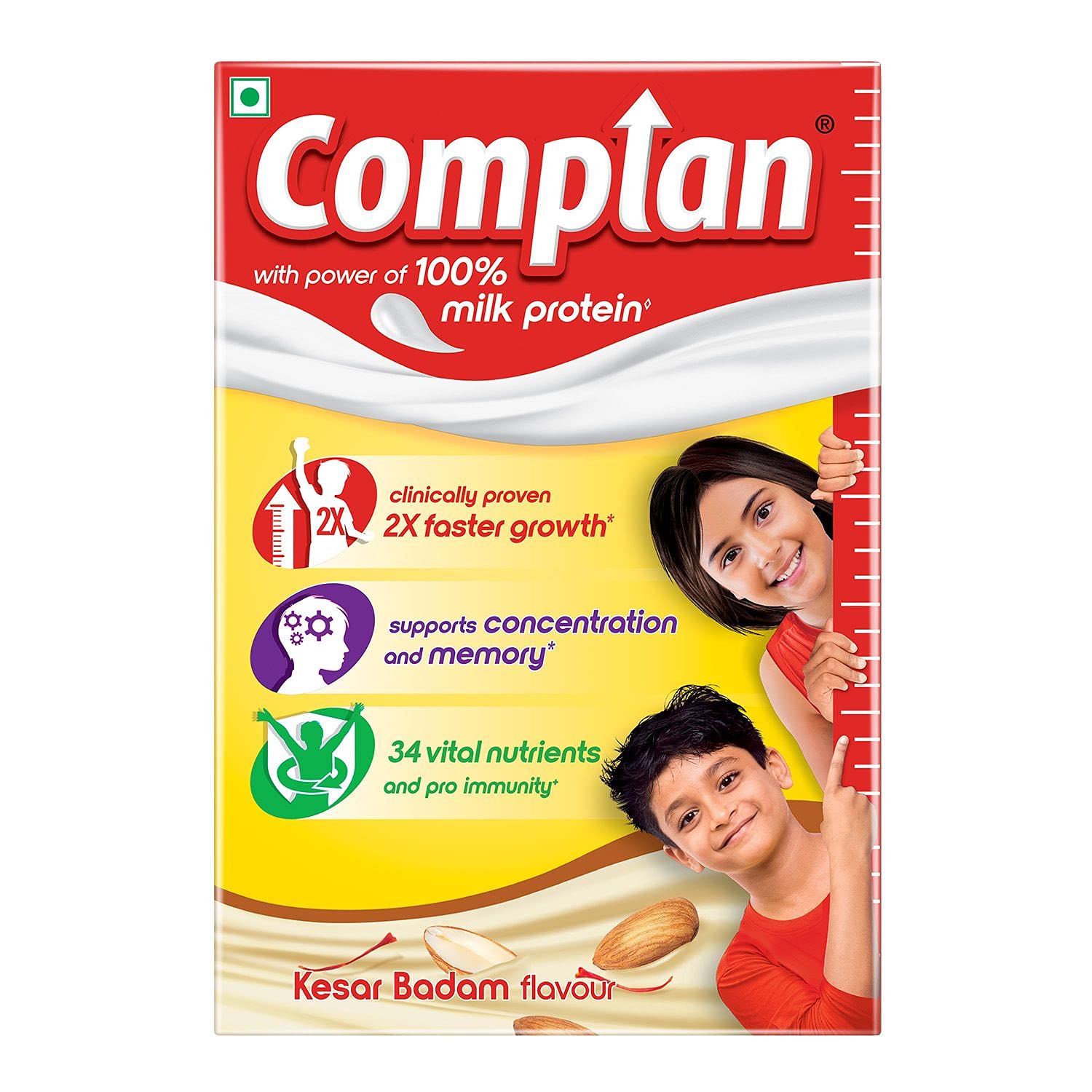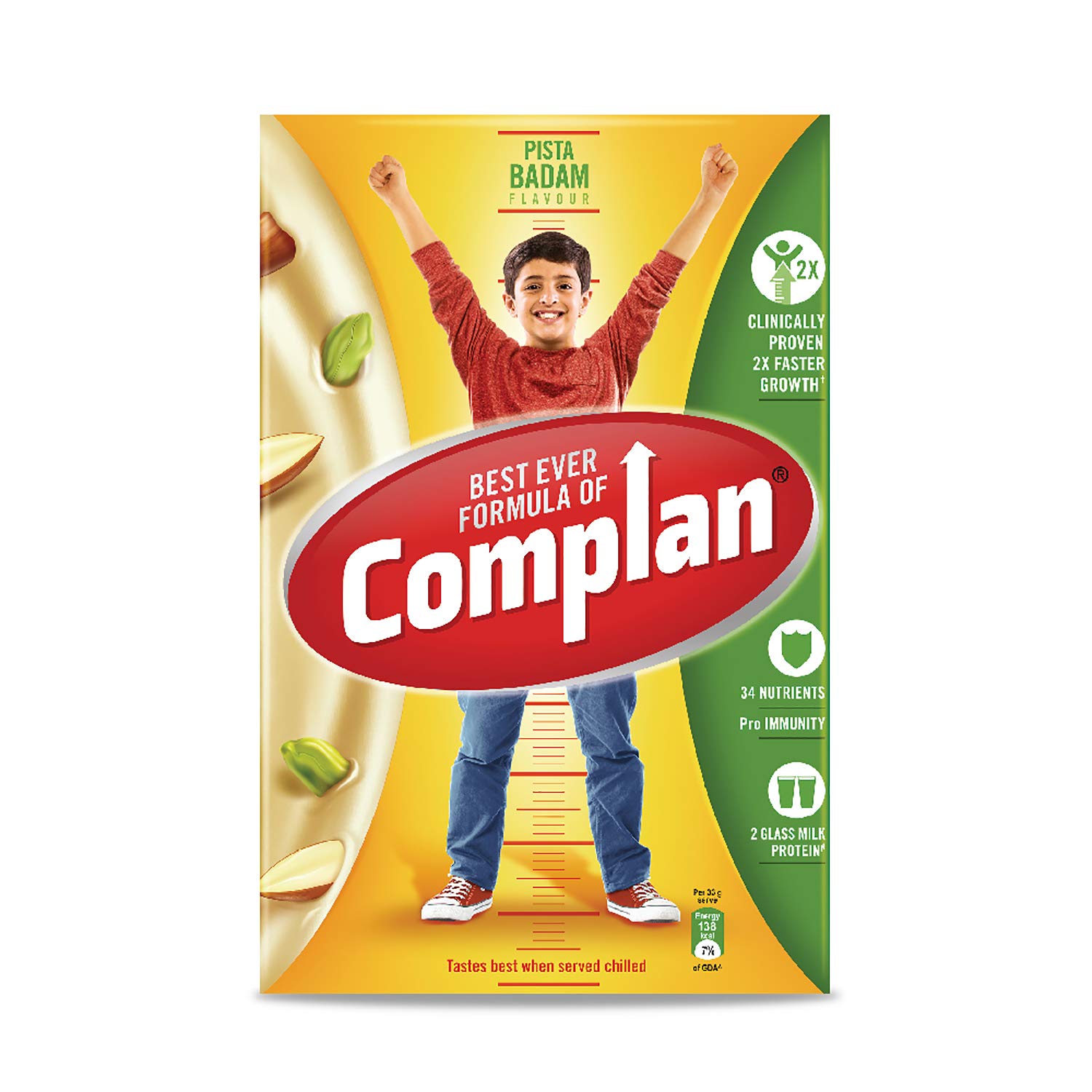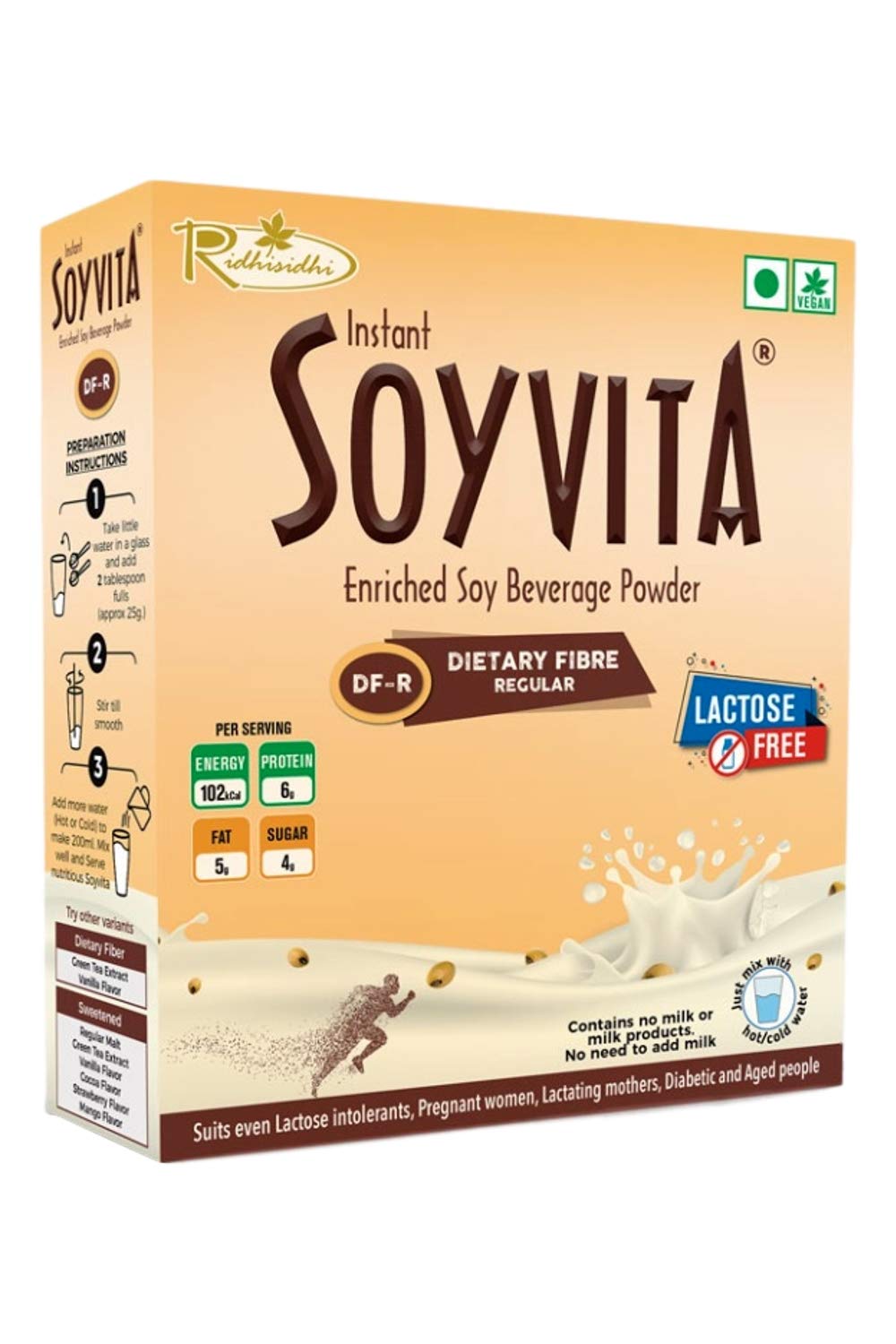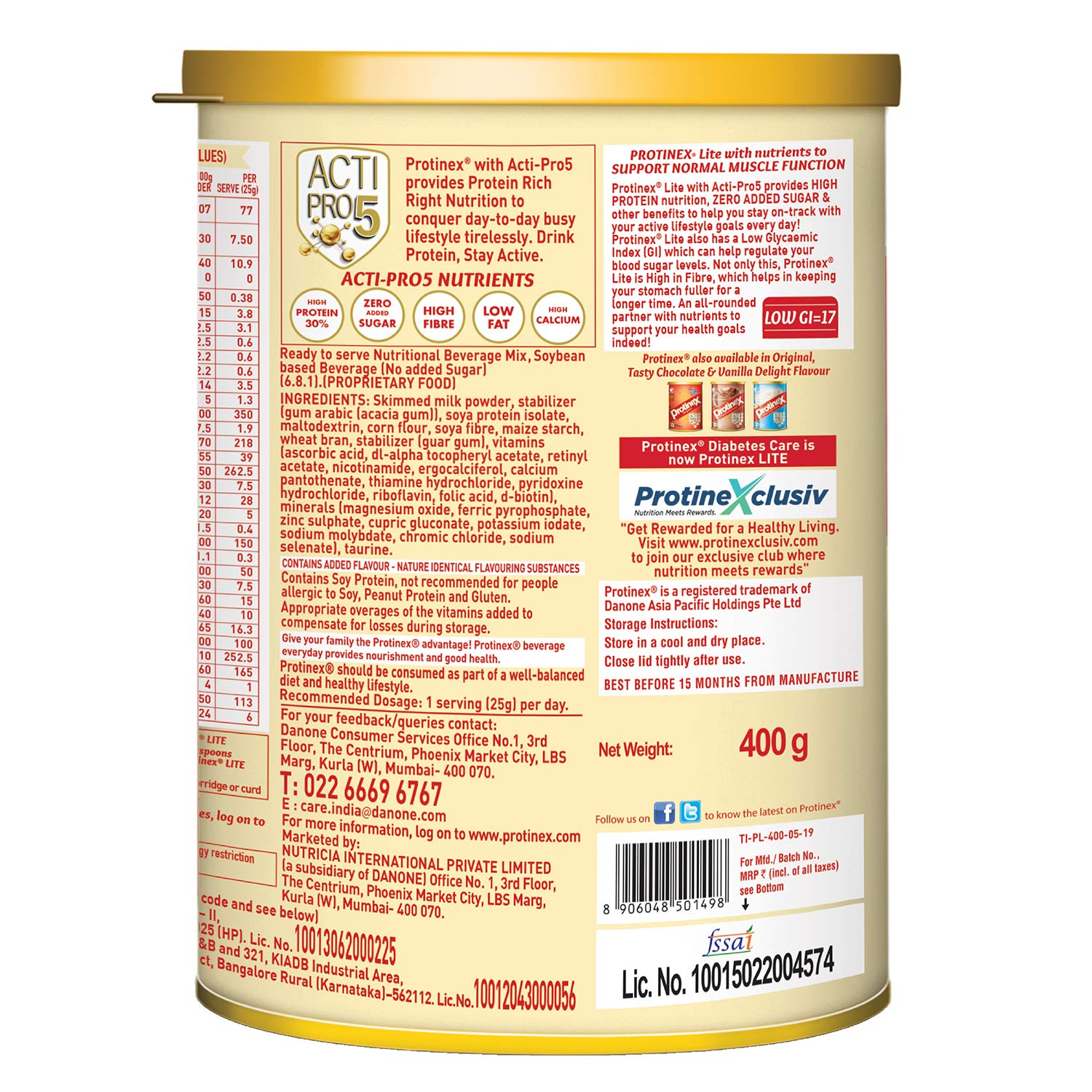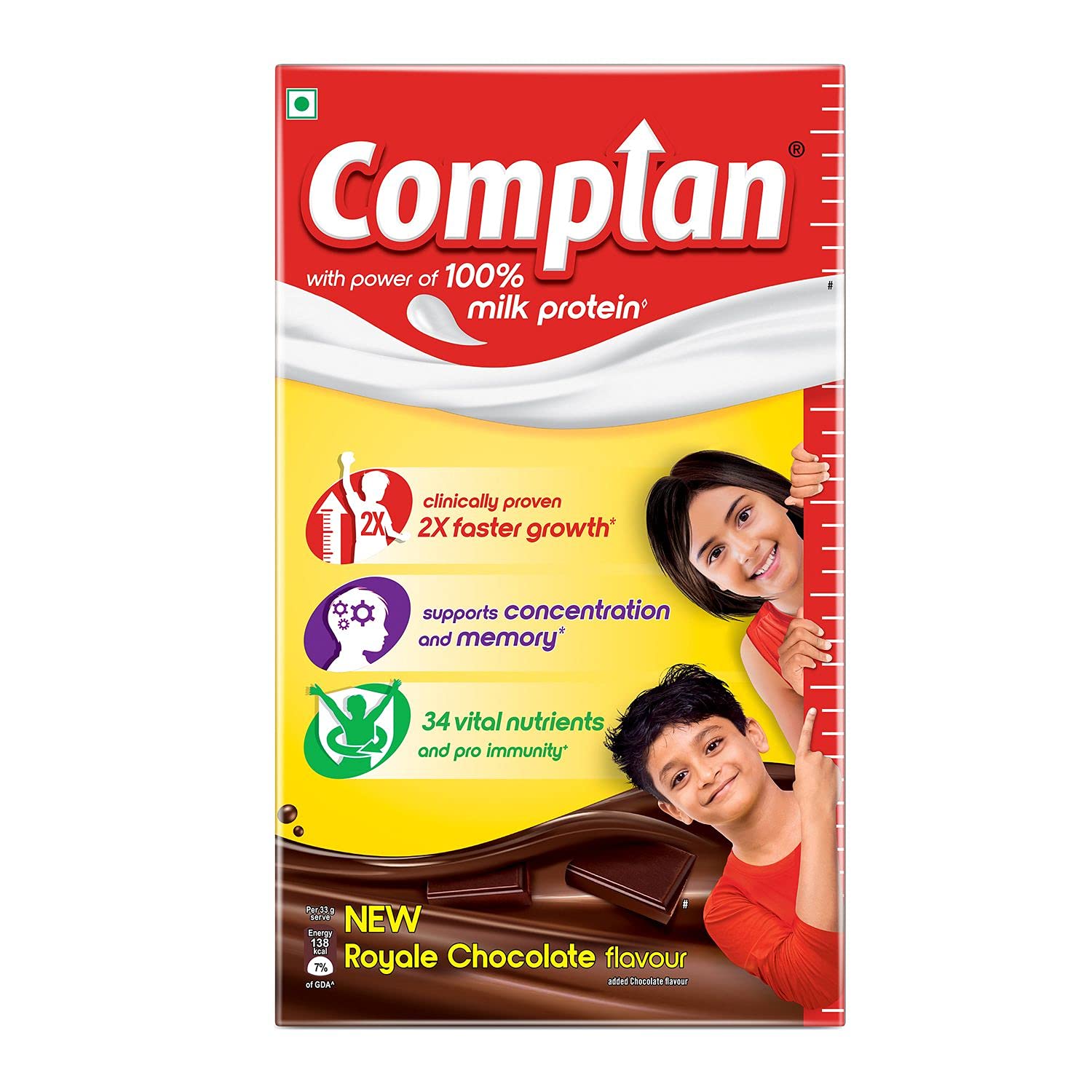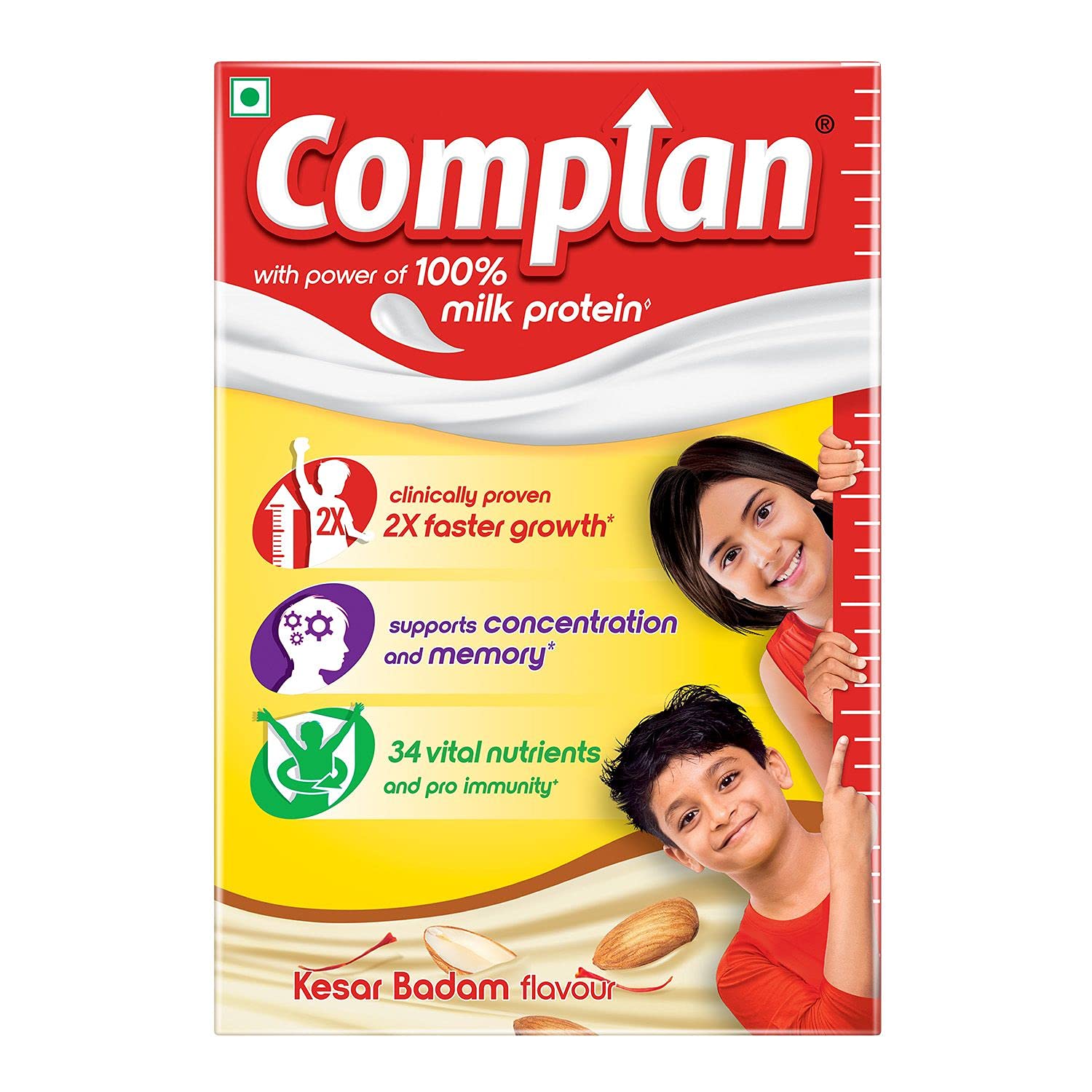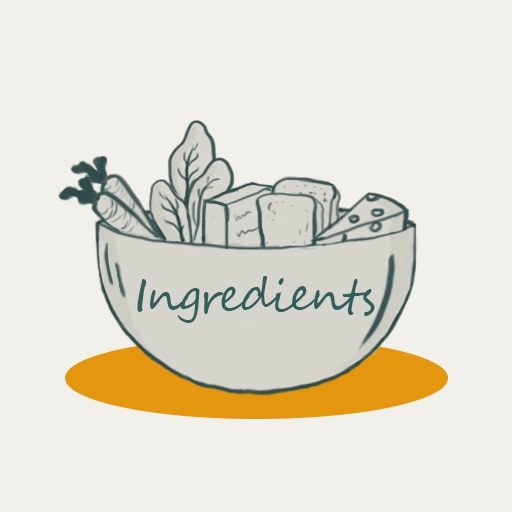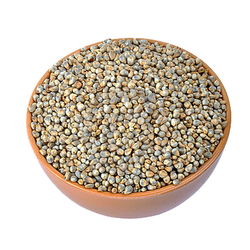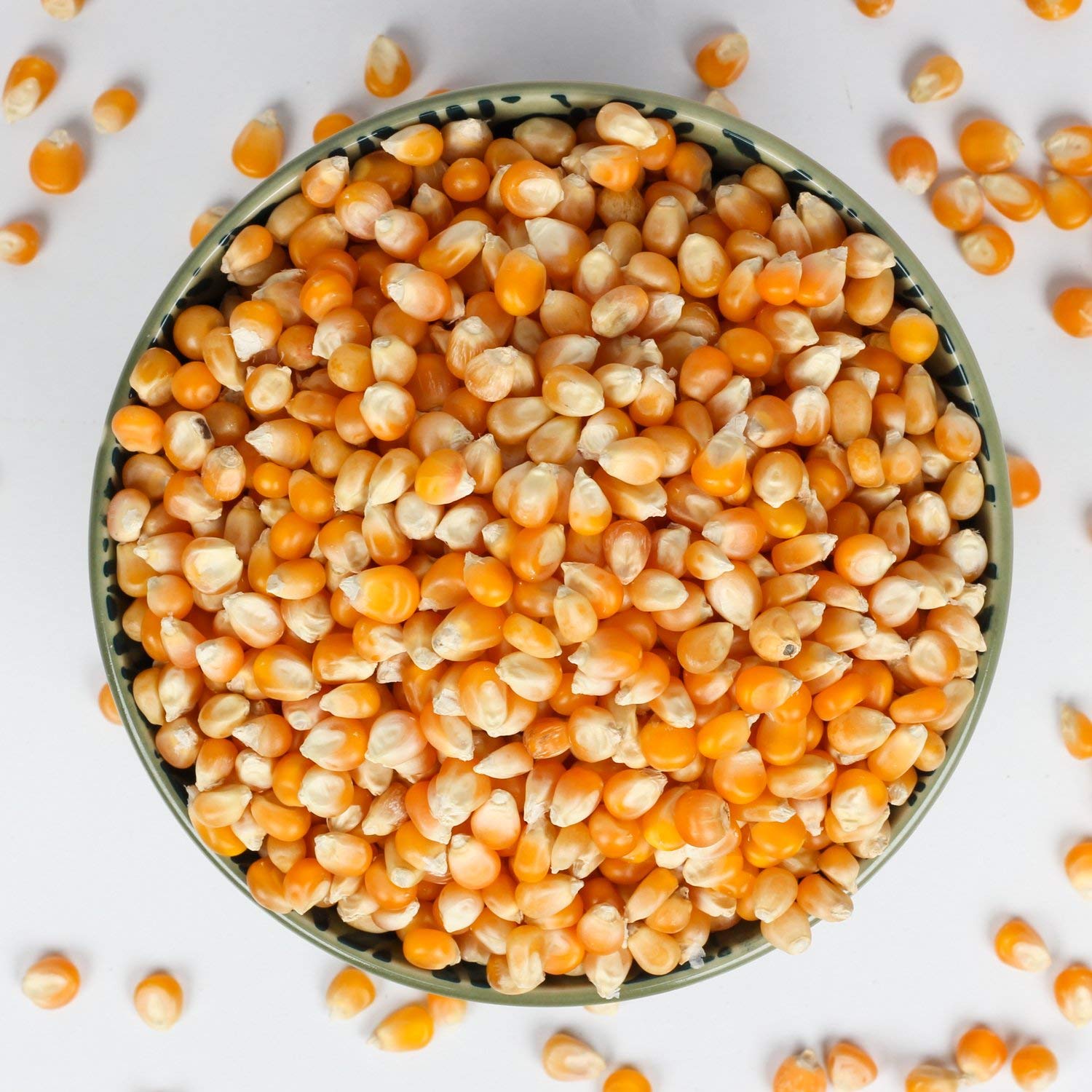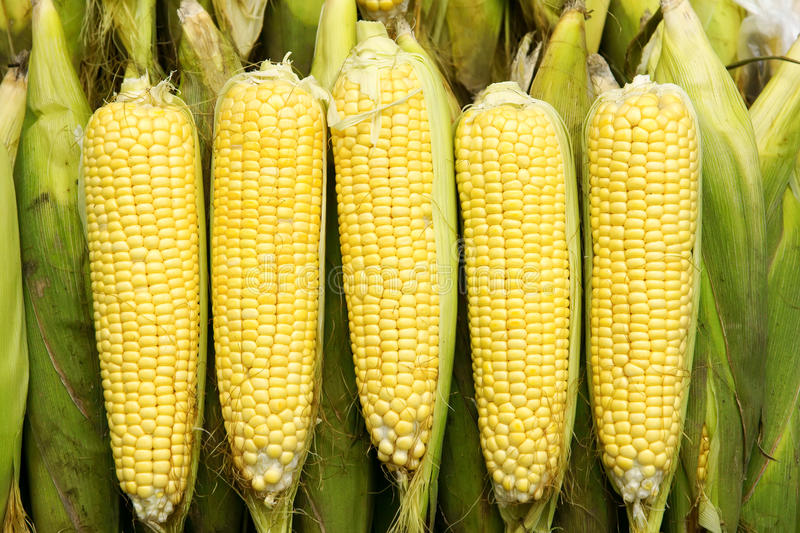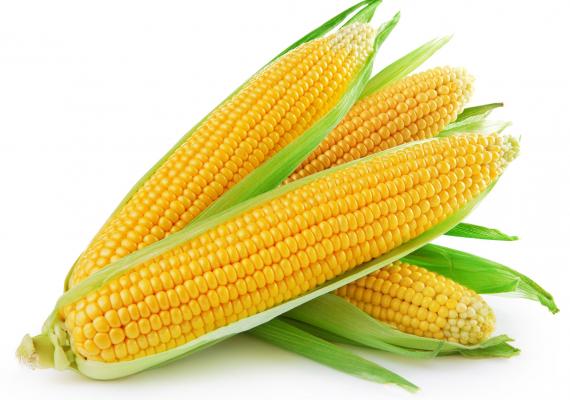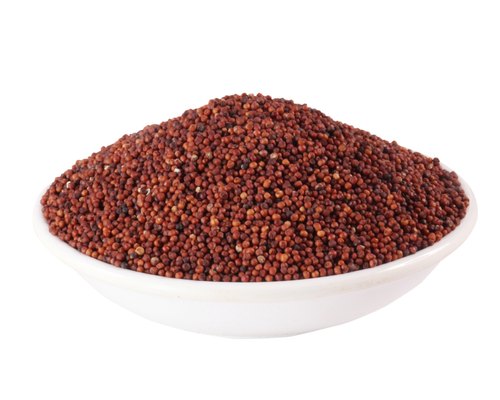Molybdenum
Micronutrient
Last update date: November 08, 2023
A mineral found in legumes, grains and organ meats. It activates enzymes that help break down harmful sulfites and prevent toxins from building up in the body.
Frequently Asked Questions
1.
What is Molybdenum?
Molybdenum, a trace mineral, is an enigmatic element present in our bodies. Its intricate role in a plethora of enzymatic reactions captivates the scientific community. With deftness, molybdenum orchestrates the breakdown of toxins and drugs in the liver, while harmoniously participating in the metabolism of specific amino acids and purines. A symphony of enzymatic functioning is delicately maintained by this essential mineral.
2.
What does molybdenum do for the body?
Behold the positive impact of molybdenum, a true marvel! It waltzes into our bodies, facilitating the transformation of sulfite into sulfate, a dance of detoxification. Energetically, molybdenum takes the stage, choreographing the metabolism of lipids and carbohydrates, fueling the performance of life itself. Its supporting role extends to the nervous system, where it embraces the delicate threads of connective tissues, weaving an intricate tapestry. Together with iron, molybdenum engages in a pas de deux of utilization, ensuring a harmonious rhythm.
3.
What is negative impact of Molybdenum?
While molybdenum is an essential nutrient, excessive intake can have adverse effects. High levels of molybdenum can hinder the absorption of copper, which is essential for the body. Copper deficiency resulting from excessive molybdenum intake can lead to symptoms such as anemia, fatigue, and neurological problems. However, it's important to note that molybdenum toxicity is rare and typically occurs only in individuals exposed to high levels through specific sources.
4.
Who should avoid Molybdenum?
Although most individuals can tolerate molybdenum well, those with Wilson's disease, a genetic disorder affecting copper metabolism, should avoid excessive intake. This is because molybdenum can further disrupt copper balance, exacerbating the condition. If you have Wilson's disease or concerns about molybdenum intake, it is advisable to consult with a healthcare professional.
5.
What food is highest in molybdenum?
Molybdenum is naturally present in a wide array of foods. Excellent sources of this essential mineral include legumes, whole grains, nuts, leafy green vegetables, and organ meats. Examples of molybdenum-rich foods include lentils, beans, peas, quinoa, oats, spinach, kale, liver, and kidney. It's worth noting that the molybdenum content in plant-based foods relies on the composition of the soil they are grown in. By maintaining a well-balanced diet that incorporates a variety of these nutrient-dense foods, you can ensure you consume sufficient amounts of molybdenum.
6.
Which are symtoms of Molybdenum deficiency?
While molybdenum deficiency is rare due to its minimal requirement, certain factors can increase the risk. Individuals with highly processed diets or genetic disorders affecting molybdenum metabolism may be more susceptible. The symptoms of molybdenum deficiency are not well-defined, but they may include heightened sensitivity to sulfite-containing drugs or compounds, impaired growth in infants, and abnormalities in uric acid metabolism. If you suspect a molybdenum deficiency, it is crucial to seek professional medical advice for accurate diagnosis and appropriate treatment.
7.
What is the best form of molybdenum to take?
Legumes are the richest sources of molybdenum.



